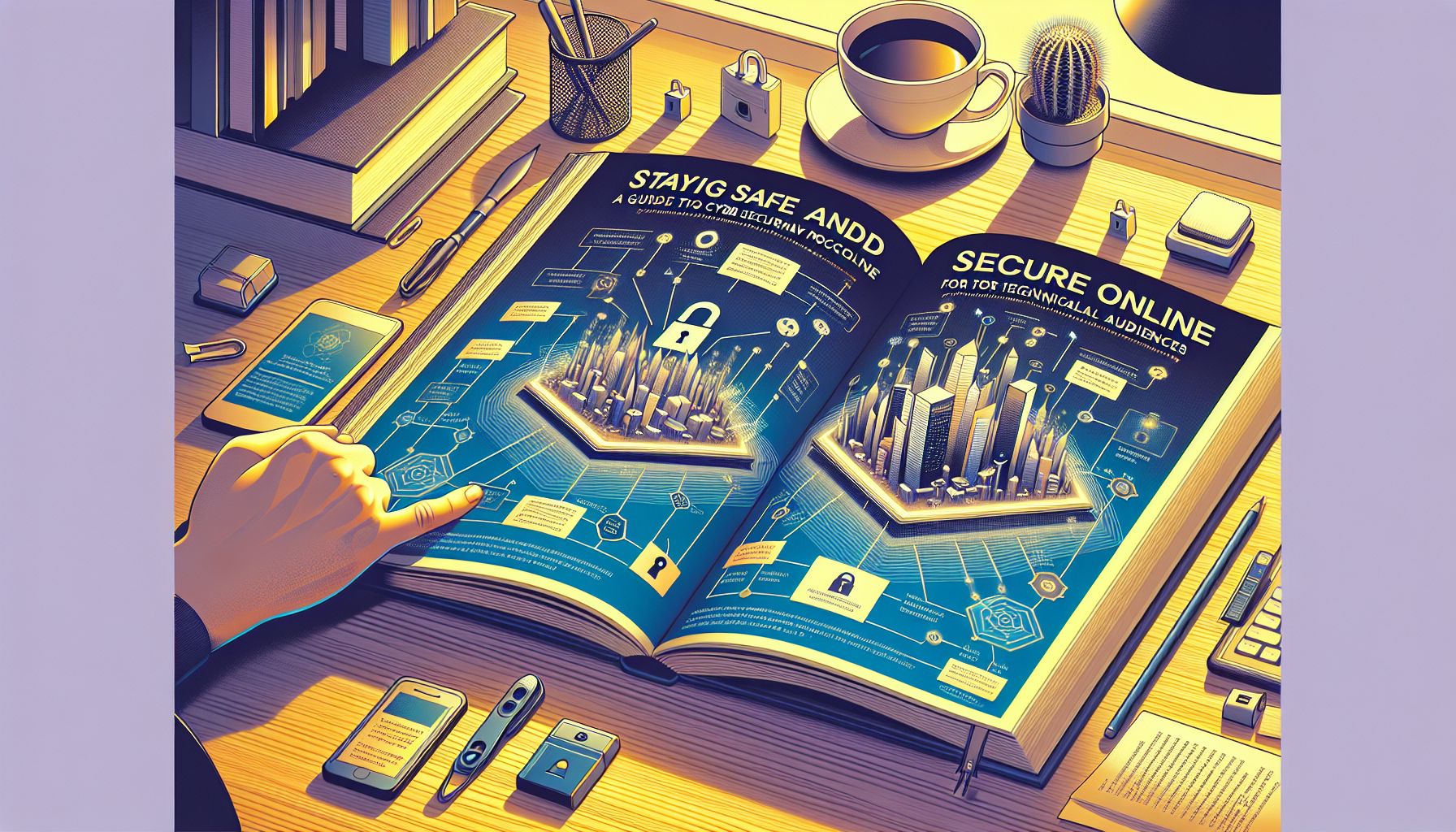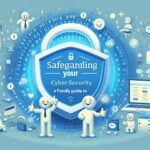In today’s digital age, cyber security is more important than ever. With the rise of cyber threats and data breaches, it’s essential for technical professionals to be aware of the best practices for staying safe and secure online. Whether you’re a developer, IT professional, or cybersecurity expert, it’s crucial to take the necessary precautions to protect your organization’s data and systems.
Understanding the Threat Landscape
Before we dive into the details of cyber security, let’s first understand the current threat landscape. Cyber threats come in many forms, including malware, phishing attacks, ransomware, and more. These threats can target individuals, organizations, or even entire countries. As a technical professional, it’s important to stay informed about the latest cyber threats and trends so that you can effectively protect your systems and data.
Best Practices for Cyber Security
There are several best practices that technical professionals can follow to enhance their cyber security posture. These practices include:
-
Regularly update software and systems: Keeping your software and systems up to date is crucial for protecting against known vulnerabilities and exploits. Make sure to install security patches as soon as they become available.
-
Use strong passwords: Create unique, complex passwords for all your accounts and systems. Consider using a password manager to securely store and manage your passwords.
-
Enable two-factor authentication: Two-factor authentication adds an extra layer of security to your accounts by requiring an additional verification step, such as a one-time code sent to your phone.
-
Be cautious of phishing emails: Phishing emails are a common tactic used by cyber criminals to trick users into revealing sensitive information. Always verify the sender’s email address and avoid clicking on suspicious links or attachments.
-
Backup your data: Regularly backup your data to an external hard drive or cloud storage provider. In the event of a ransomware attack or data breach, you’ll have a copy of your important files to restore from.
Tools and Technologies for Cyber Security
In addition to following best practices, technical professionals can leverage a variety of tools and technologies to enhance their cyber security defenses. Some popular tools include:
- Firewalls: Firewalls act as a barrier between your internal network and the internet, helping to block malicious traffic and unauthorized access.
- Intrusion detection systems (IDS): IDS monitor network traffic for signs of suspicious activity and alert administrators to potential security threats.
- Endpoint protection: Endpoint protection solutions help secure devices such as laptops, desktops, and mobile phones from malware and other cyber threats.
- Security information and event management (SIEM) tools: SIEM tools collect and analyze security data from across your organization’s network to detect and respond to security incidents.
By incorporating these tools into your cyber security strategy, you can better defend against cyber threats and protect your organization’s data and systems.
Conclusion
In conclusion, cyber security is a critical concern for technical professionals in today’s digital world. By understanding the threat landscape, following best practices, and leveraging tools and technologies, you can enhance your cyber security defenses and mitigate the risk of cyber attacks. Remember to stay vigilant, stay informed, and stay safe online.


